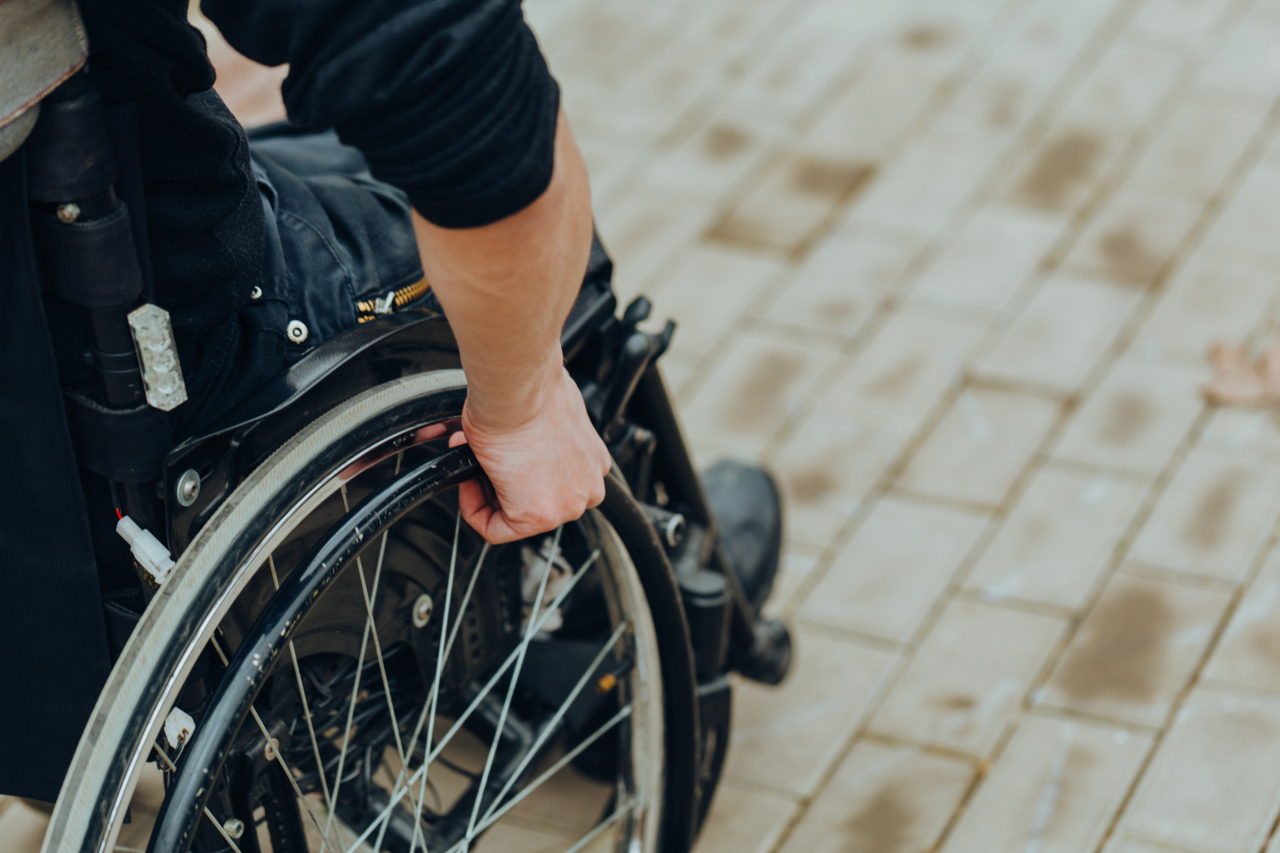Disabled account for 5.2% of Korean population: data
Despite the rising population of people with disabilities, for many, state services remain out of reach
By Lee Jung-younPublished : April 19, 2023 - 16:31

The number of registered people with disabilities accounts for 5.2 percent of the South Korean population, with more than half aged 65 or older, data showed Wednesday.
According to statistics released by the Ministry of Health and Welfare, the proportion of registered people with disabilities has steadily increased since 2003, due to the expansion of services for registered individuals and better understanding of the registration policy. The proportion has remained at about 5 percent of the total population since 2010. Compared to last year, the number of registered individuals has increased by about 8,000 to 5.2 percent this year.
By age, those in their 60s constitute the biggest share at 23.7 percent, followed by those in their 70s with 21.6 percent. By type of disability, physical disabilities were the most common with 44.3 percent, followed by hearing disabilities with 16 percent and vision impairment disabilities with 9.5 percent. Brain lesion disorders accounted for 9.3 percent, and intellectual impairment disabilities amounted to 8.5 percent.
Meanwhile, despite the surging number of people with disabilities, only a limited number were accessing government support services tailored for them.
According to a survey conducted by the Korea Disabled People's Development Institute (KODDI) from October to December 2021, only about 1 in 9 people with disabilities uses state services.
The services support independence for those with disabilities who have difficulty in daily and social life and to reduce the burden of care on their families. According to a survey conducted by the KODDI on those with disabilities and their family members who have lived together for more than six months, only 11.7 percent of respondents said they used the services.
In addition, 6.6 percent of respondents said that service time was "very insufficient,” and 48.8 percent said it was "not enough."
Also, 15.8 percent of household members with disabilities said, "The economic situation has deteriorated over the past year," while 66.9 percent said, "We are not prepared for retirement savings."
As for the supports people with disabilities need most to be independent, 33.2 percent called for income support, followed by medical rehabilitation at 17.2 percent and vocational training or employment at 14.8 percent.







![[Graphic News] Number of coffee franchises in S. Korea rises 13%](http://res.heraldm.com/phpwas/restmb_idxmake.php?idx=644&simg=/content/image/2024/05/02/20240502050817_0.gif&u=)










![[Eye Interview] 'If you live to 100, you might as well be happy,' says 88-year-old bestselling essayist](http://res.heraldm.com/phpwas/restmb_idxmake.php?idx=652&simg=/content/image/2024/05/03/20240503050674_0.jpg&u=)
